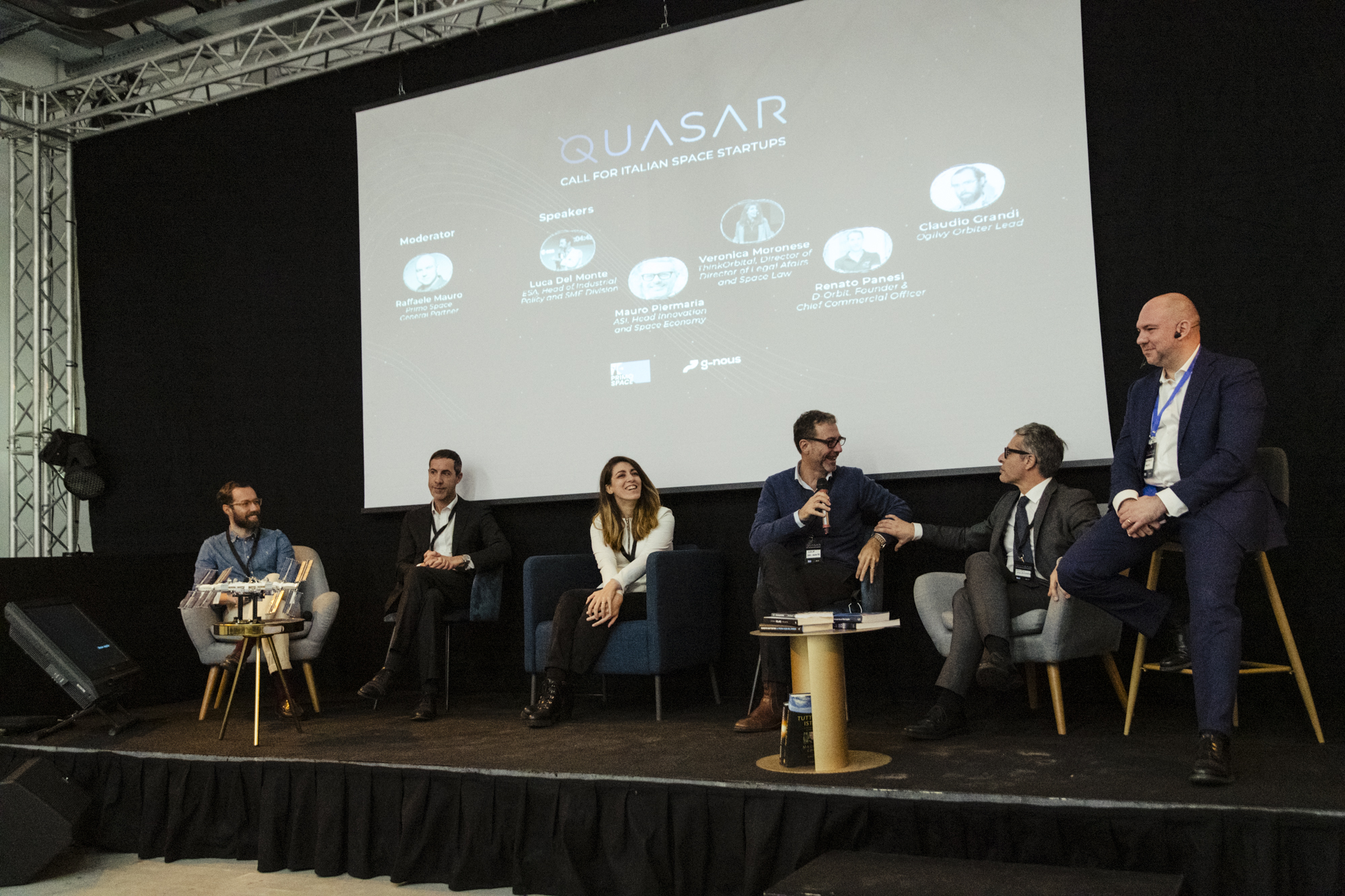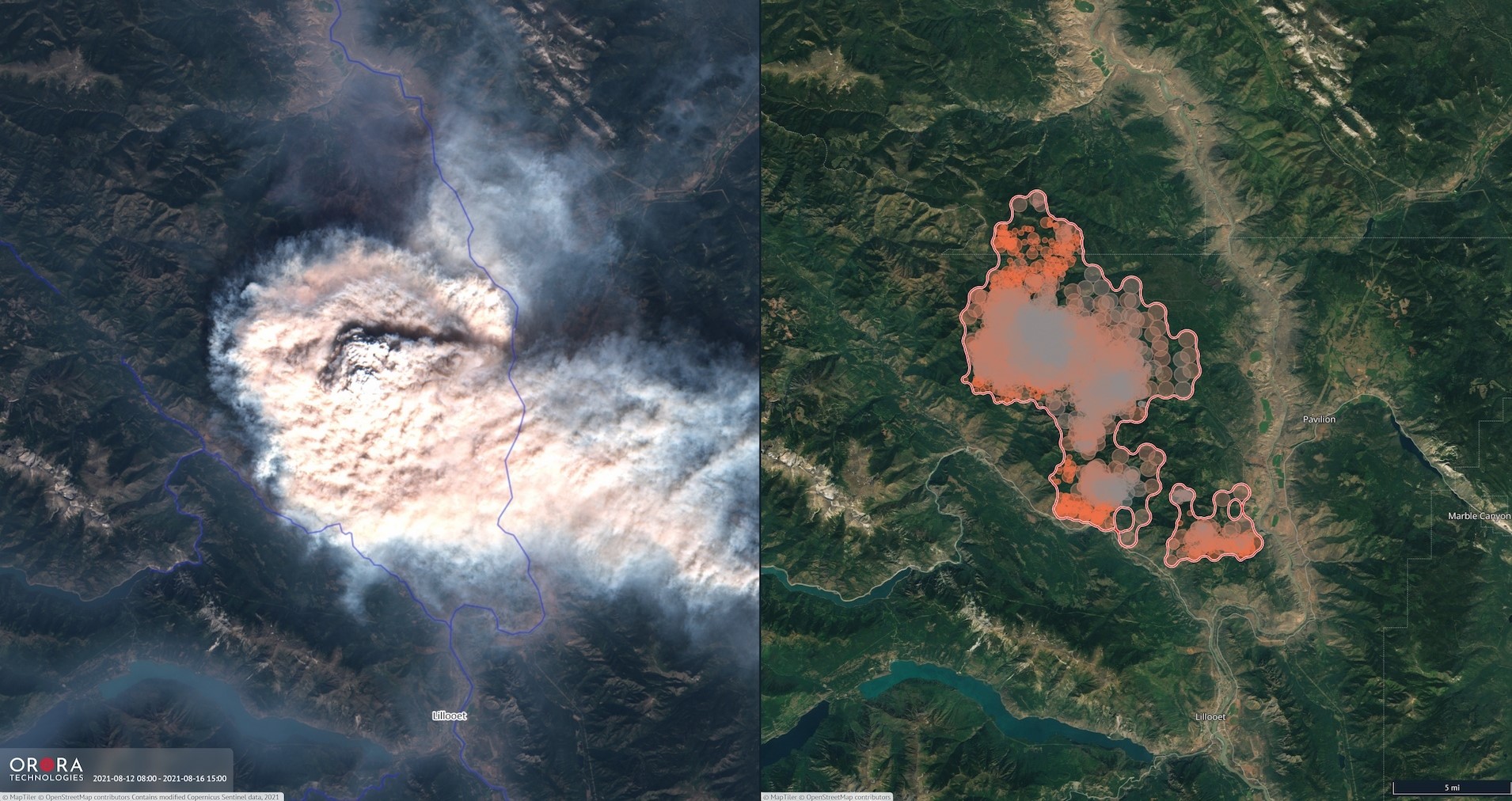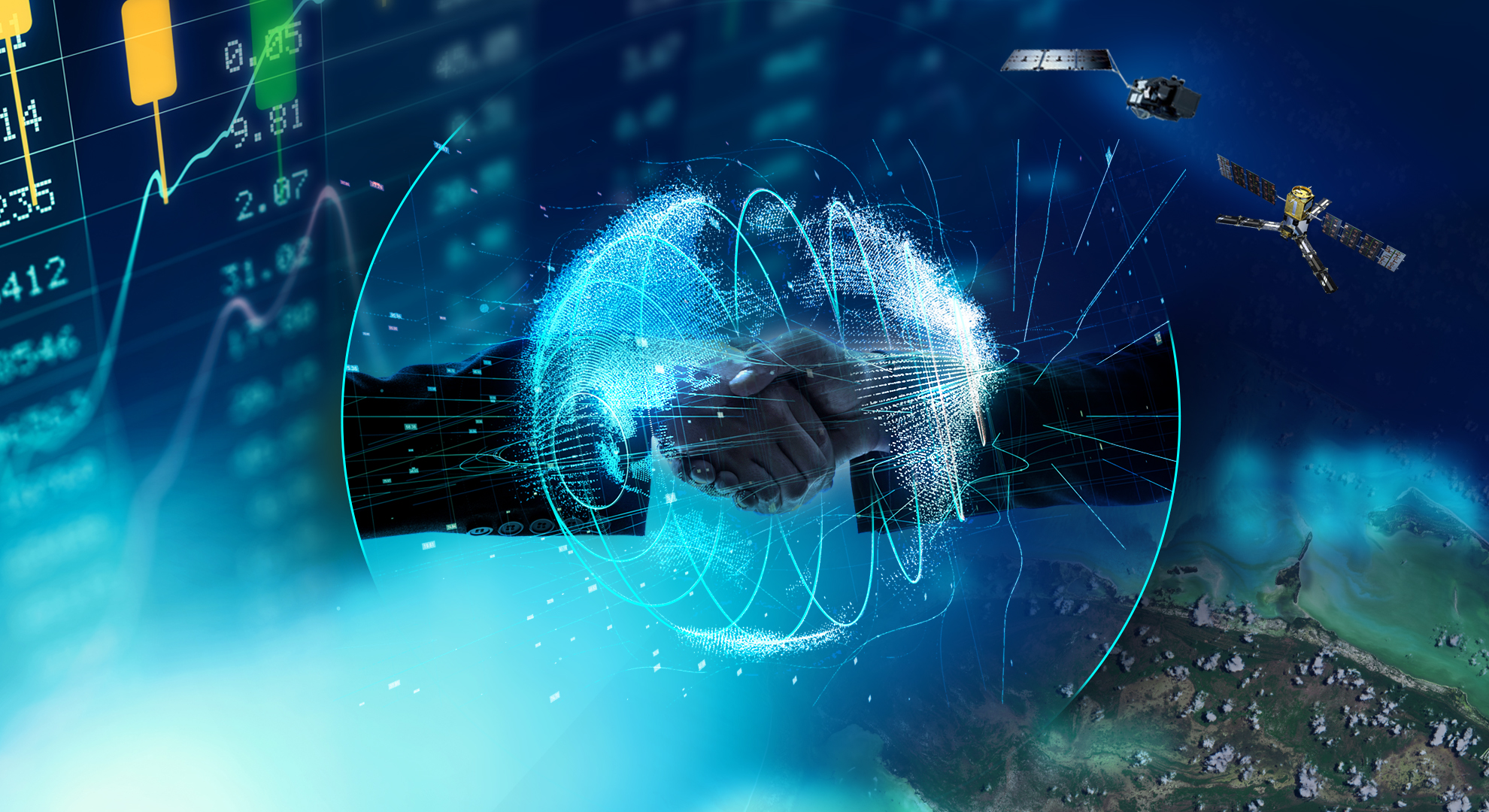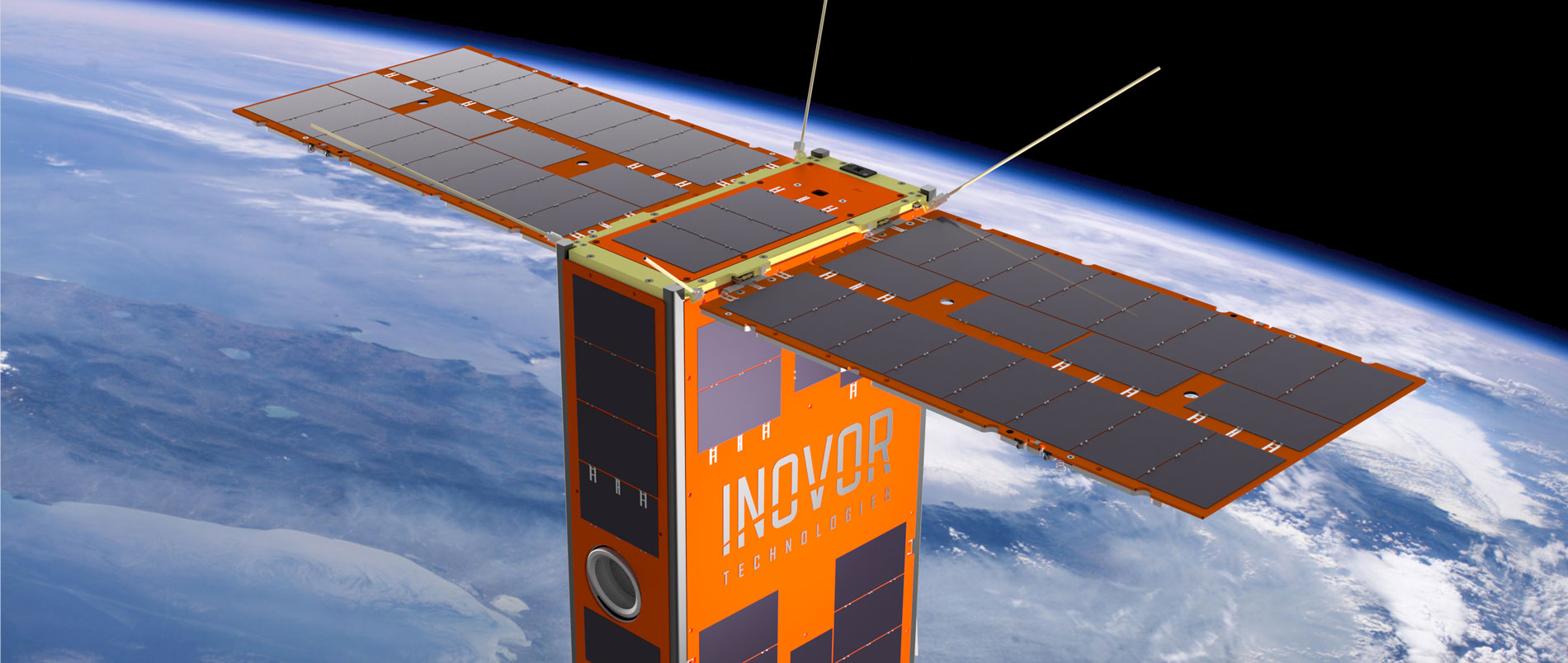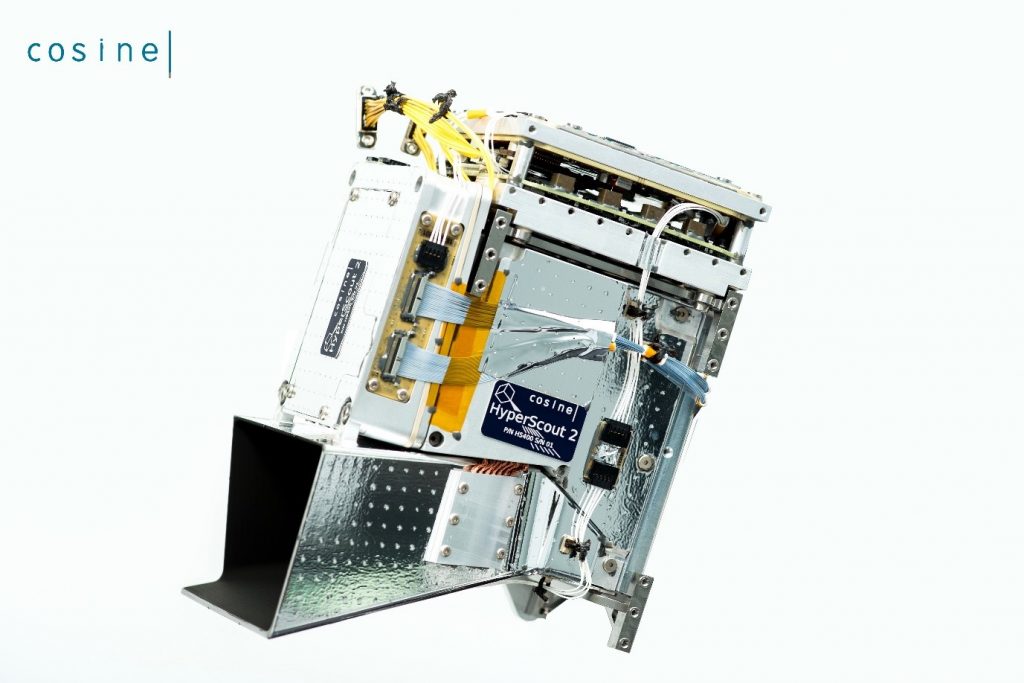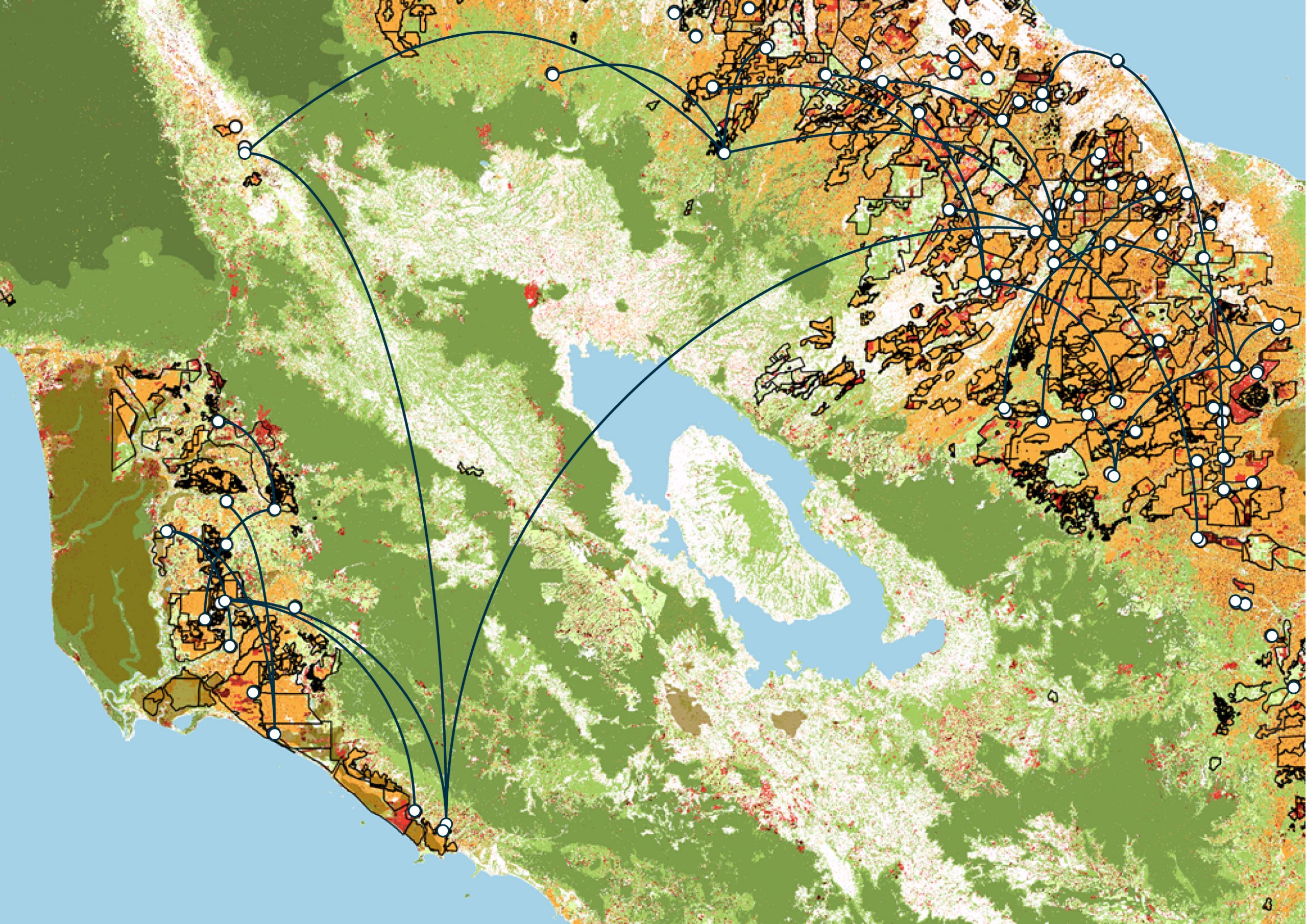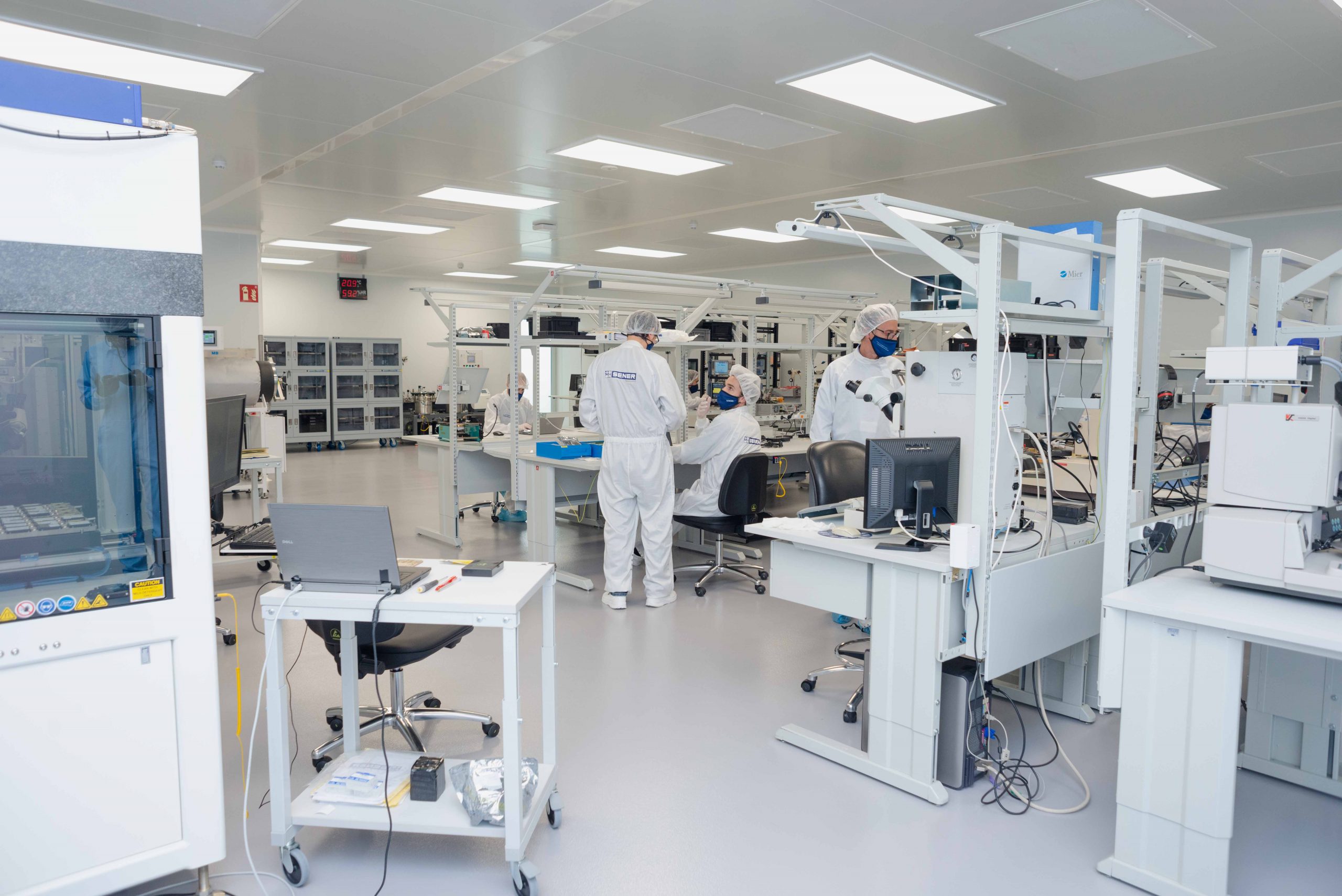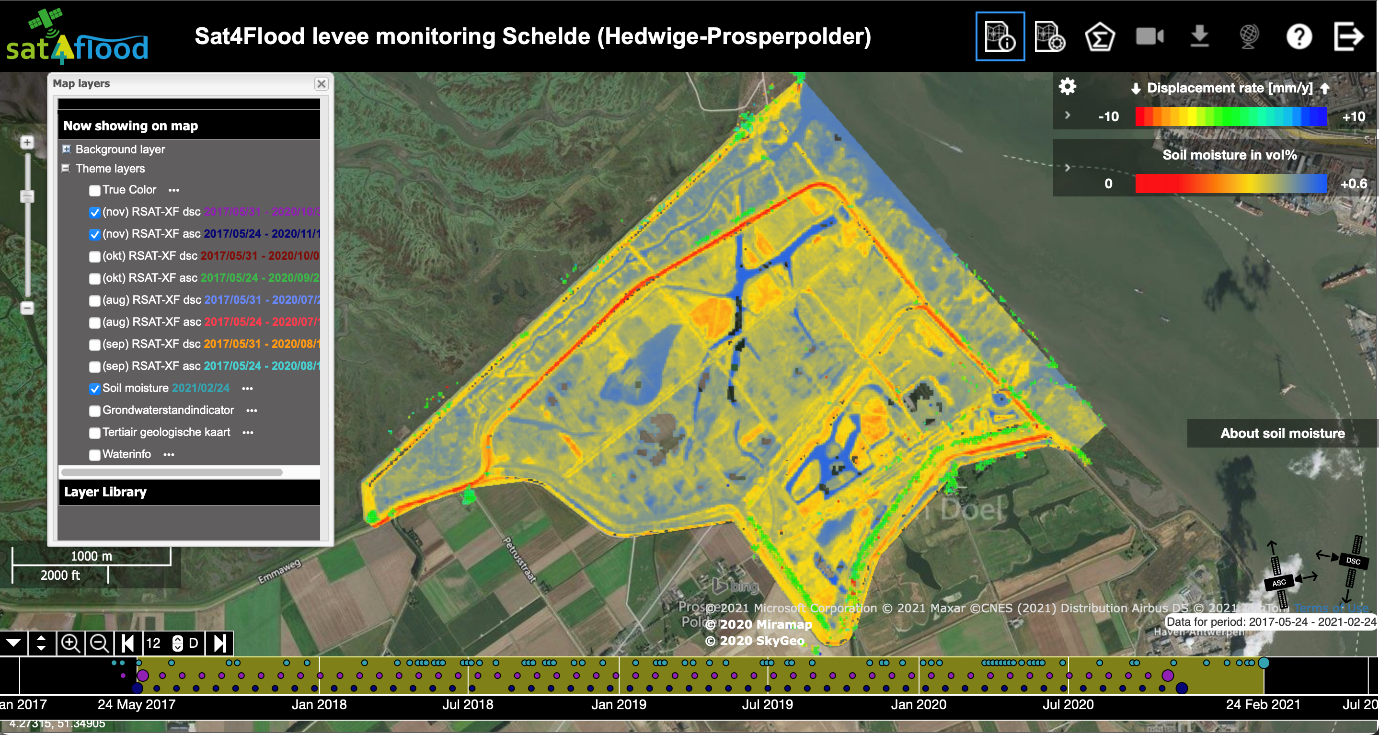Φ-lab has provided coaching for the six chosen start-up companies in the Quasar challenge. Set up by venture capitalist fund Primo Space in conjunction with g-nous, the challenge culminated in an event where the finalists were able to pitch their value propositions to space industry representatives.
The Quasar open call is aimed at strengthening entrepreneurship in the Italian space sector by placing promising early-stage start-ups in contact with industry leaders and institutions. Launched in September 2021 by Primo Space and space-sector consultancy g-nous, the initiative fosters skills exchanges and new partnerships in an effort to reinforce Italy’s innovation potential in international space markets.
Start-ups submitting their application were evaluated in October based on relevance to the sector, level of innovation and team competence. The six chosen finalists then underwent an intensive, tailored mentoring programme during November, covering the areas of technology, business, fundraising and legal matters. Φ-lab has a wide-ranging partnership agreement with Primo Space and was one of the key contributors at this stage, with four mentors from the Φ-lab Explore and Invest offices offering advice and feedback to the start-up teams.
Explore Office researcher Gabriele Meoni found mentoring a stimulating experience: “I collaborated with two companies that are focused on my specialist area of cognitive computing in space. One of the most rewarding aspects for me was to see just how quickly industry is moving forward in this field, along with the fact that by exchanging ideas from our differing research and market perspectives, I feel we were able to learn a great deal from each other.”
Fully primed from their coaching, on 10 December the six start-ups had the opportunity to present their companies and meet investors, space entrepreneurs and industry representatives. The event hosted a sector-focused panel discussion with experts from ESA, D-Orbit, The Italian Space Agency, Ogilvy Orbiter and ThinkOrbital, while D-Orbit’s CEO Luca Rossettini also provided food for thought for the finalists in his inspirational keynote speech.
“We’ve been particularly impressed by the energy and innovative spirit of the finalists,” said Raffaele Mauro, General Partner at Primo Space. “We’ve also received great support from our partners and mentors, and the challenge even provided a catalyst for several Italian entrepreneurs living abroad to enter the fray. The drive and skills demonstrated by all involved parties are further proof of the continuing growth of Italy’s burgeoning space ecosystem.”
As a result of the initiative, the six finalists will now have a number of opportunities, including being prioritised within the Primo Space deal flow and investment analysis process, and gaining access to a wider space industry network. Primo Space and g-nous are already planning the follow-up challenge, to be launched later this year.
The six chosen start-ups are OhmSpace, Revolv Space, LEOcloud, Stratobotic, AdapTronics and Witted.
To know more: Quasar, The Φ-lab Explore Office, InCubed
Photo courtesy of Soukizy
